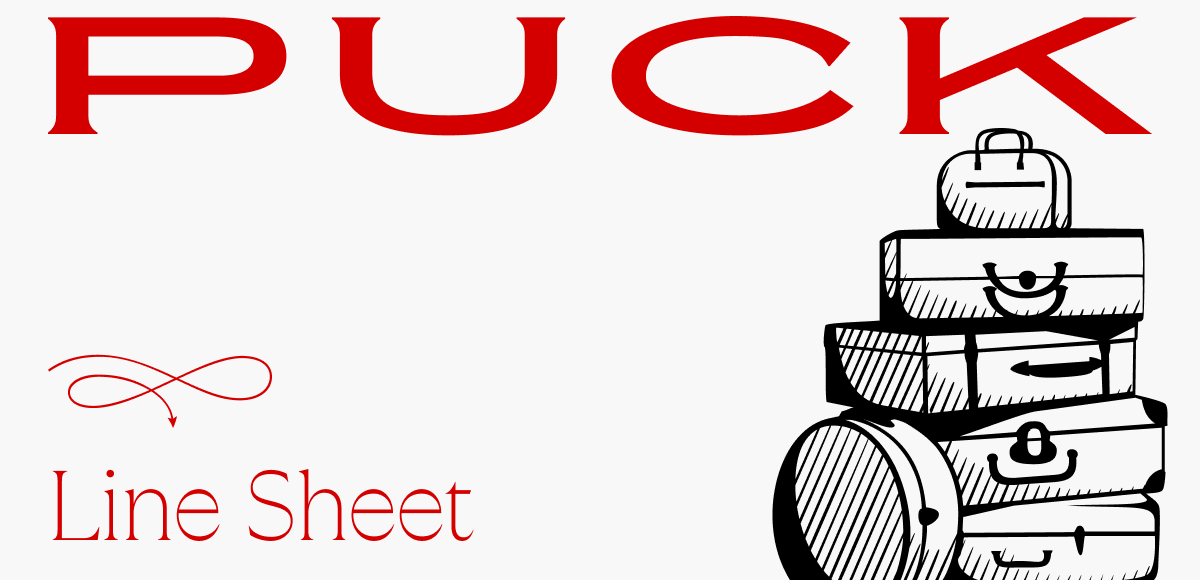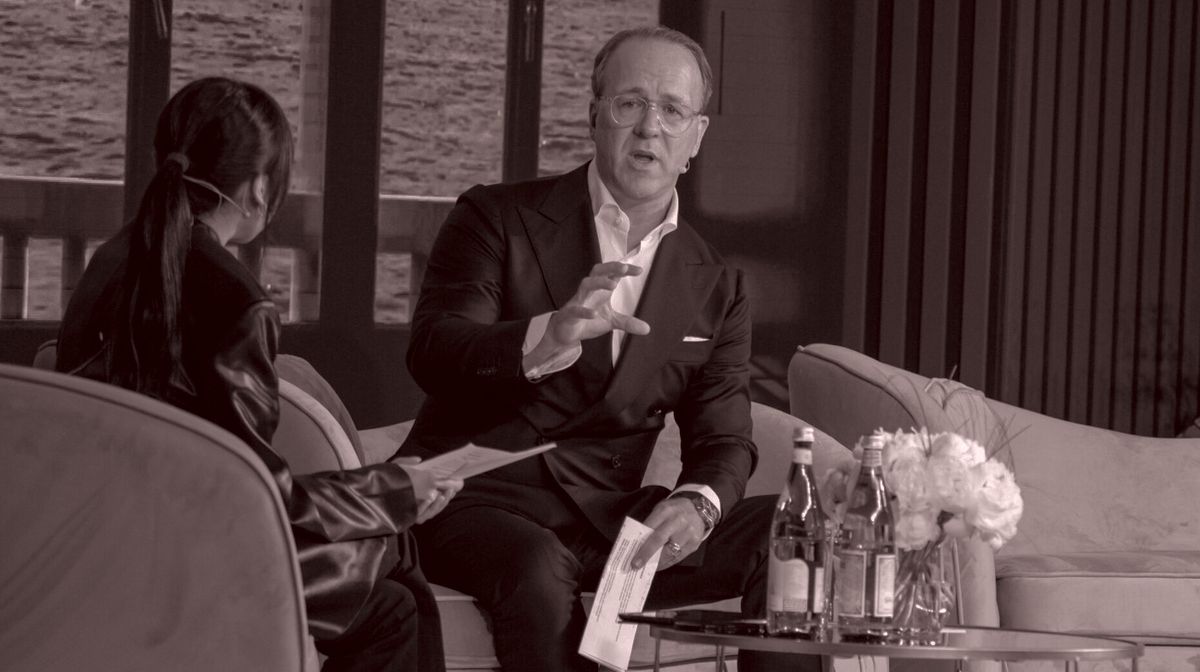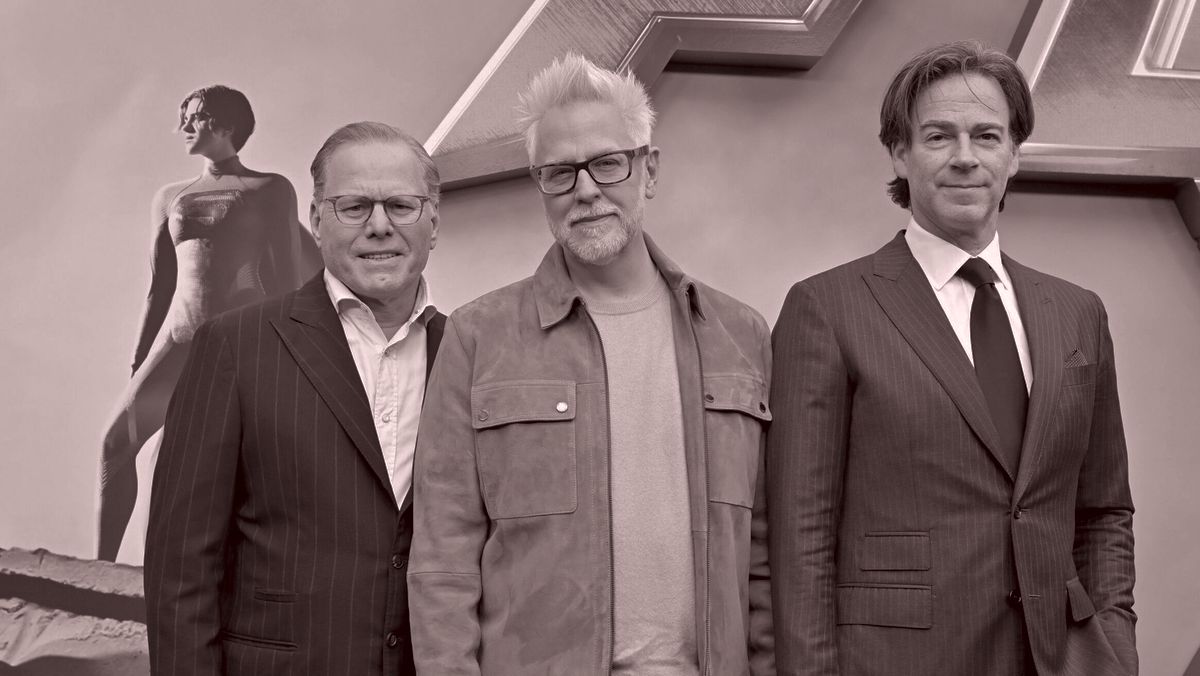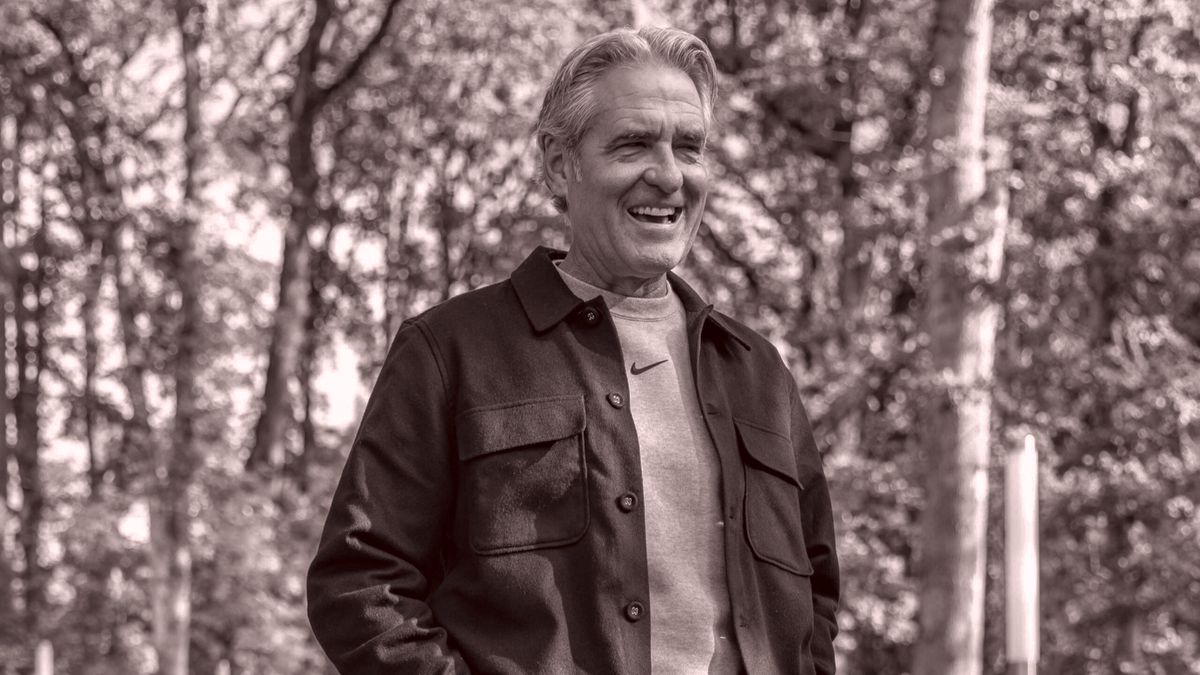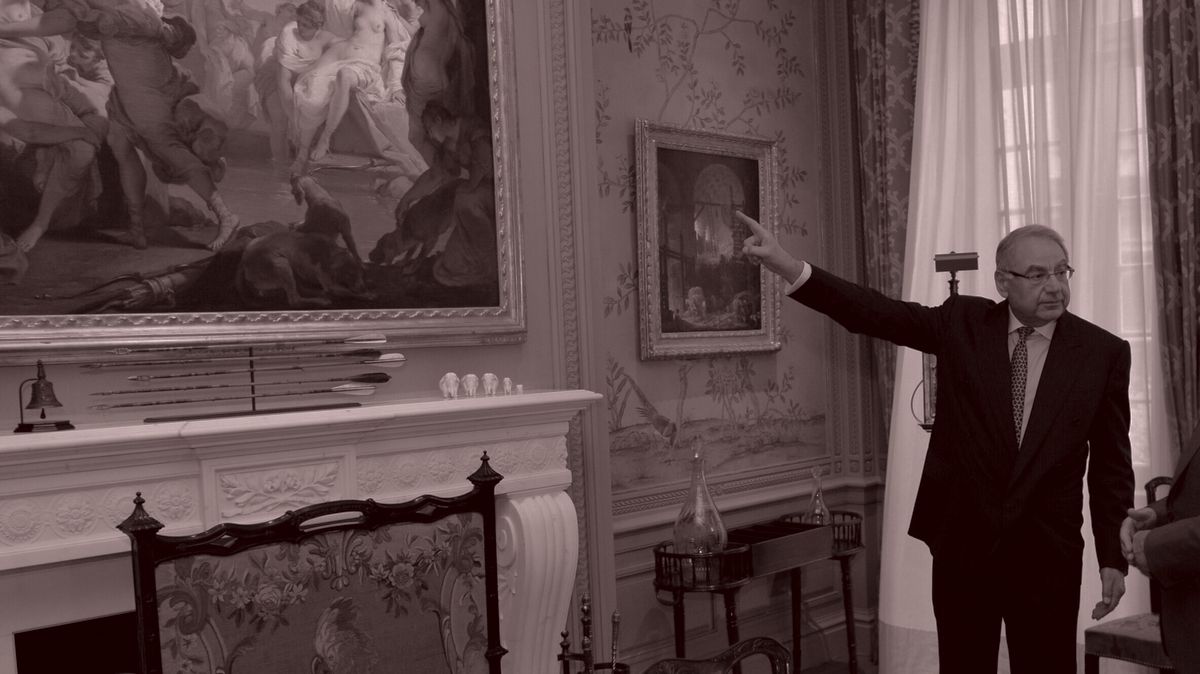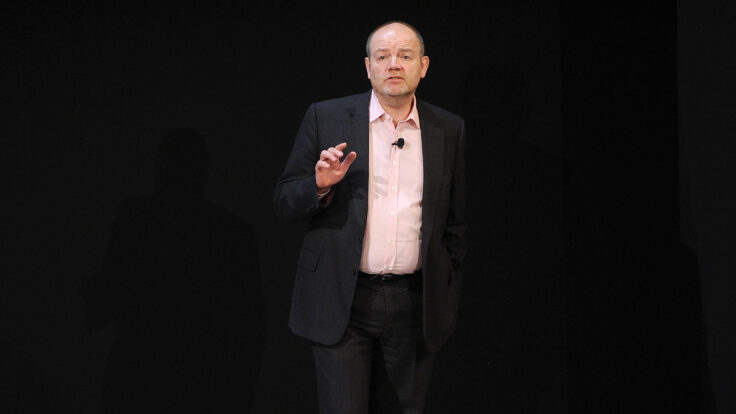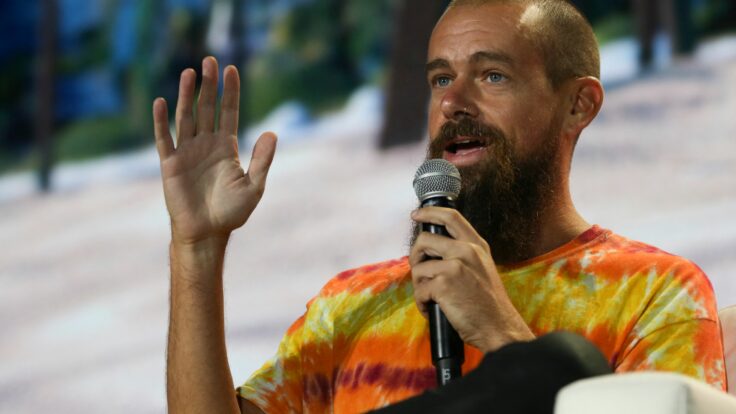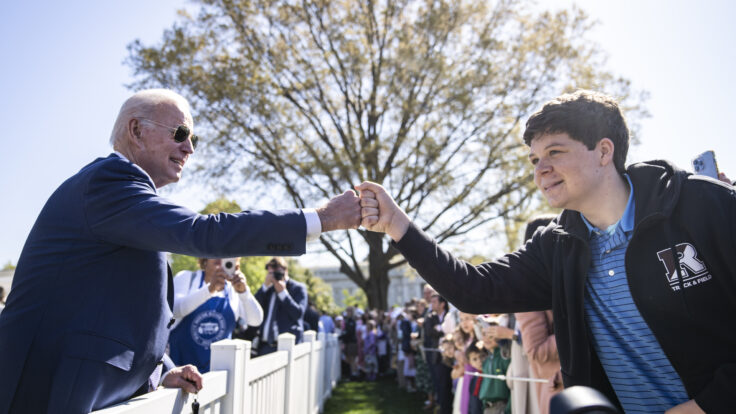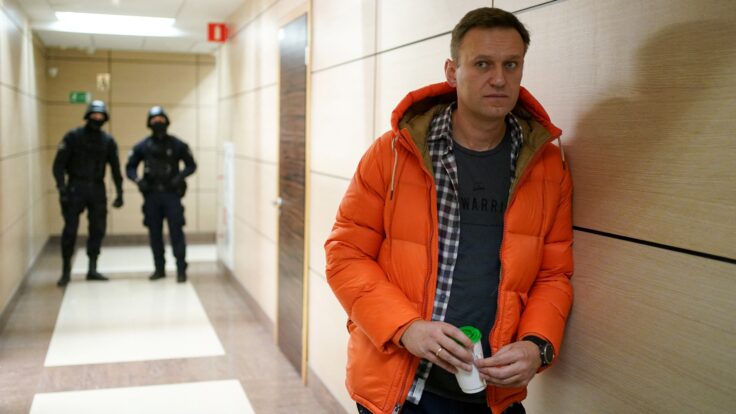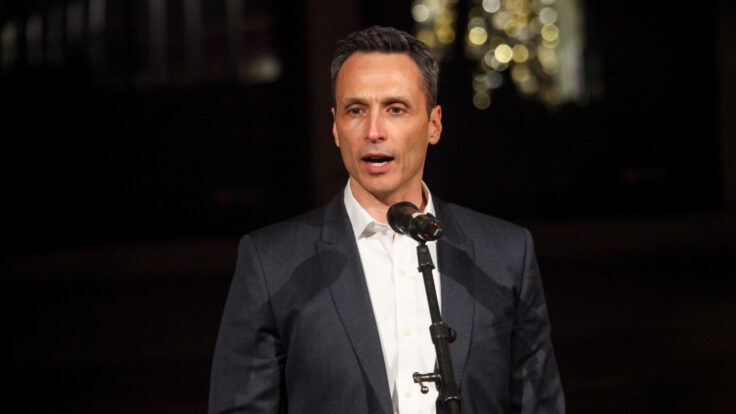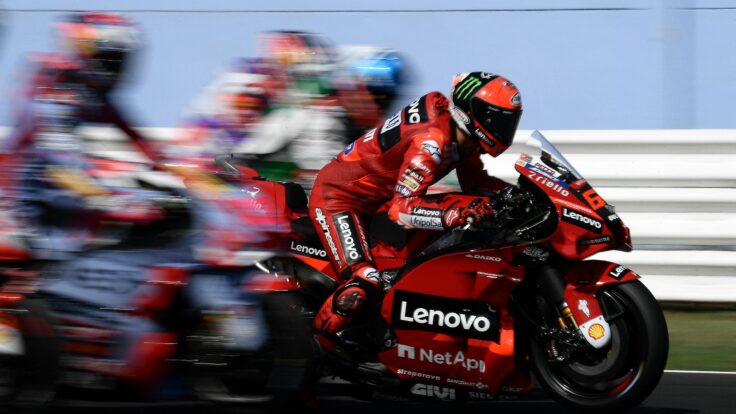Hi, and welcome back to Line Sheet. It’s all happening: Tonight is
stacked with parties, dinners, and cocktails, including the CFDA’s official New York Fashion Week kickoff at the Rainbow Room, hosted by our king and queen, Thom Browne and Tory Burch. See you there.
Today, Rachel Strugatz returns with the real story on those 7,000 Estée Lauder layoffs. (We’re unclear about how they got to that number, and so is
Wall Street: Shares were down 19 percent the morning the news was disclosed.) Up top, I’ve got a scoop on how young designers are adapting to a world without a WME Fashion hub (we may not miss it, but indie designers on a budget do), plus intel on the Capri numbers, and a look at the game of executive musical chairs playing out in Milan and Paris. And yes, I saw the WWD report that Casey Cadwallader appears to be exiting his creative director gig at L’Oréal-owned
Mugler. Too bad for them, Casey is awesome, but I hope this means he got another, inevitably better-paying job.
Before we get started, I wanted to quickly thank the hundreds of you who have signed up for our Inner Circle membership during the past few weeks. Tomorrow’s edition is an I.C. exclusive; upgrade
here to make sure not to miss it. I’m working hard for you!
Mentioned in this issue: Stéphane de La Faverie, Estée Lauder Companies, Bobbi Brown, Glamglow, Sandra Main, Justin Boxford, Tom Ford, Balmain, The Ordinary, Jane Hudis, Fabrizio Freda, Tracey Travis, Deirdre Stanley, Jane
Lauder, Versace, Donatella, Miu Miu, Emmanuel Gintzburger, Jimmy Choo, LVMH, Fendi, Renzo Rosso, Salvatore Ferragamo, Simone Bellotti, and many more…
|
|
|
A MESSAGE FROM OUR SPONSOR
|
PERFORMANCE UNLEASHED
With a distinct sporting personality, the Range Rover Sport is a peerless performer.
EXPLORE
|
|
|
Three
Things You Should Know…
|
- The WME Fashion fallout: There’s a new update in my incremental reporting on the increasingly nebulous entity known as WME Fashion: The dissolution of its New York Fashion Week hub, a series of spaces in one building where a lot of designers present collections, has been generally received as a necessary and positive development. Yes, there are some
designers who miss the support of WME Fashion, which helped to wrangle show sponsorships in addition to providing a cheap-or-free space. But most designers are snowflakes, after all, and prefer to have special spaces unique to them, even if showing all over Manhattan (and Brooklyn) is inconvenient for attendees.
Now, one-of-one businesses are popping up to fill the WME Fashion void. Focus, the production company that WME Fashion used to own, is back in the mix as an independent
operation, led by managing director Dominic Kaffka and his wife, Chelsey Wayte Kaffka. They’re producing Altuzarra, Simkhai, The Blonds, and the Christopher John Rogers show at the Navy Yards. (See you at Vinegar Hill House afterward, I’m sure.)
Anyway, we know that WME Fashion needs to focus on its core business of talent representation and the shows were an expensive distraction, as I
reported in September. But it’s also true that independent designers still need operational support. It wouldn’t be surprising to see this period of fragmentation followed by a rebundling.
- Musical chairs, C.E.O. edition: I gotta say, I was not expecting former Fendi C.E.O. Serge Brunschwig to land anywhere
worth writing about anytime soon—let alone be named chief executive of Jil Sander and chief strategy officer of parentco OTB. LVMH played down his exit, presumably to avoid showering attention on Fendi’s middling performance. But Brunschwig has a big opportunity. Creative directors Luke and Lucie Meier are on their way out and, if all goes as planned, rising star (and
current Bally designer) Simone Bellotti is in. OTB is also in a unique position at the moment: Renzo Rosso’s Italian fashion group may not be as resourced as LVMH or Kering, obviously, but their brands are strong, Diesel is still throwing off cash, and there’s an appetite for newness in the market that the mega-brands are not
delivering.
Designer switcheroos and C.E.O. shakeups often go hand in hand. Naturally, in the wake of Monday’s news that Marco Gobbetti was out at Salvatore Ferragamo, everyone wants to know whether creative director Maximilian Davis will get his walking papers, too. Right now, it’s unclear. There’s an argument that Gobbetti brought Davis in, and that they were equally culpable for failing to generate enough brand heat via runway shows to juice sales of
Ferragamo shoes and handbags. But Davis is a real talent, and if the next C.E.O. can fix the company’s marketing and merchandising mistakes, he could succeed.
Ferragamo’s profits have been shrinking, and Gobbetti’s termination is a clear signal to the market that the family, which still controls the business, is committed to turning things around. I still think they should sell it—there are few brands as well positioned to meaningfully scale as Ferragamo—but like many multigenerational
family-run businesses, the odds of them parting with their heirloom are slim to none.
- Idol can no longer idle: Capri shares tumbled once again after the company missed its third-quarter profit projections by a significant margin, which is hardly surprising to those of us who have been paying attention to this saga. Yet there’s still upside here for chairman and C.E.O. John Idol now that the “highly distracting” Tapestry merger
debacle is behind him. Like most successful businesspeople, Idol hates to lose. He also loves a deal, which is why I suspect he will spend the next year getting Kors back on track while offloading Jimmy Choo and Versace, neither of which are profitable.
My analyst buddy Simeon Siegel of BMO Capital Markets, who is on fire this week after a killer Nike analysis that my colleague Sarah Shapiro
referenced in yesterday’s issue, is extremely bullish on Capri—he believes the stock will improve long before the business does, especially if its executives are able to lighten their debt load by selling off at least one of the aforementioned brands. “Revenues are bad, there are margin pressures, the balance sheet is ugly, but as that balance sheet gets less
ugly the stock moves up,” he told me during our catch-up today, noting that the situation is not too different from the pressures that VF countenanced before it sold Supreme. (That stock soared afterward, even though the underlying business issues had not yet been fixed.)
Publicly, Idol says he’s committed to both Jimmy Choo and Versace. And I’ve heard from people internally that he has been vocal that everything is business as usual, even as reports surfaced that bids for Versace are due
this month (both Prada and Marco Bizzarri are said to have looked at it), and that Tamara Mellon, who owned Jimmy Choo for a spell, might be trying to buy her baby back.
On this morning’s investor call, Idol talked a lot about Versace, and insisted that Capri’s repositioning of the brand—a “lean into luxury and craftsmanship”—was starting to work with top-spending clients. “It’s painful, but we’re keeping our heads down. We’re going to stay
the course,” he said, noting that he would share more about changes at Versace on February 19, during the company’s investor day. Of course, the first thing that comes to mind is a potential creative change at the business—the chatter around former Miu Miu designer Dario Vitale joining is growing—but C.E.O. Emmanuel Gintzburger, who joined in 2020, faces significant challenges no matter what.
You can blame market forces, the Tapestry situation, and Idol’s
own lack of experience in pure luxury, but the reality is that Gintzburger has not yet managed to turn the business around, despite the fact that brands of Versace’s ilk have performed well in recent years and people love Donatella, both as a designer and a figurehead. Versace should be flying right now, and it’s not. Whoever ends up owning Versace, Gintzburger is going to have to prove to them that he has a vision to take it all the way.
|
|
|
Barely a month into his reign at Estée Lauder, C.E.O. Stéphane de La Faverie is
overseeing the usual: disappointing quarterly earnings, a sweeping (but cutely named) downsizing, and another round of executive musical chairs. What, if anything, will spark real change at America’s largest family-owned beauty conglomerate?
|
|
|
Say what you will about the leadership at the Estée Lauder Companies, but they sure know
how to spin the massive layoffs that have become regular electroshock events at America’s largest beauty conglomerate. First there was “Leading Beauty Forward,” which cut 2.5 percent of E.L.C.’s workforce in 2016; then there was “Project Fuel,” a few years ago, which “consolidated roles and fired a substantial portion of the field team” in North America, according to an insider. The latest reduction in force came under the inspiring moniker “Beauty Reimagined”—downsizing staff by 4,000
people, DOGE-style, on top of the 3,000 or so employees who were released last year, for a combined total of nearly 12 percent of Estée’s workforce.
But possibly because of the layoff announcement, this earnings week is proving to be materially less dramatic. On Tuesday, the beauty giant released pretty dismal numbers—net sales declined by 6 percent in the quarter ending December 31, worse than the 4 percent dip
the previous quarter—alongside another cost-cutting plan and a slew of well-deserved promotions. The share price fell about 16 percent on Tuesday, but all things considered, it could have gone worse for newly installed C.E.O. Stéphane de La Faverie.
|
|
|
A MESSAGE FROM OUR SPONSOR
|
PERFORMANCE UNLEASHED
With a distinct sporting personality, the Range Rover Sport is a peerless performer.
EXPLORE
|
|
|
Technically, the most recent quarter didn’t happen under de La Faverie’s watch, given that he stepped into
the role only five weeks ago. And yet, despite the seemingly never-ending layoffs and those persistent divestiture rumors (I hear Lauder plans on keeping its haircare brands, by the way), everyone at the GM Building is really talking about the “clusters”—E.L.C.’s new structure for managing its brands by category. “They’re no longer calling leads ‘executive group presidents,’” said a person with knowledge of the matter. “E.L.C. has traditionally segmented their brands by tiers––luxury
markets versus masstige, etcetera––which is an old-fashioned way of looking at it, so segmenting by category is a ‘big change’ for them.”
|
When I first heard about the clusters idea, I thought it was a welcome
development. Estée Lauder should be organizing brands by category rather than allowing favored executives to gerrymander their portfolios by picking their favorite brands. But I quickly realized most of the changes were merely, alas, cosmetic. Aside from newly formed clusters in skincare (La Mer, Clinique, Origins, Dr.Jart+, Darphin, and Lab Series) and makeup (MAC Cosmetics, Bobbi Brown, Too Faced, Smashbox, and Glamglow) that will be overseen by Sandra Main and a
“to-be-named” executive, much of the brand leadership is the same.
To wit: Estée Lauder the brand, as well as Aerin, will continue to operate independently under Justin Boxford, who’s been global brand president since 2022. The same goes for “couture brands” Tom Ford and Balmain, under Guillaume Jesel; haircare lines Aveda and Bumble and Bumble, under
Shane Wolf; Deciem, parentco of The Ordinary, under Jesper Rasmussen; and Le Labo, under Deborah Royer.
Then there’s Jane Hudis, the longtime executive group president and de La Faverie’s onetime boss, who I previously reported would receive the biggest promotion of all. Indeed, Hudis was just anointed chief brand officer, a newly created role. My Instagram was abuzz with
congratulatory praise for Hudis, who has spent more than 30 years at the company and will now essentially act as de La Faverie’s number two.
So much of the insider chatter at the company also coalesced around an executive who was
notably absent from the lengthy list of promotions and updates: Michelle Freyre, global brand president of Clinique and Origins, whom a current executive credited with “catapulting Clinique back to popularity with younger customers.” Even though Freyre has “a lot of street cred with employees,” she won’t be heading up any of the newly formed clusters. I’m told she was a top contender to lead the skincare group, but it’s Main––responsible for La Mer’s explosive growth in
the 2010s––who ultimately got the job. I’m hoping that Freyre, who joined Lauder in 2020 after nearly two decades at Johnson & Johnson, eventually gets elevated in some way, even if it’s not leading makeup. I did hear Lauder is looking both internally and externally for this position, but it seems like no one’s in line to fill the role yet.
|
|
|
As for the other restructuring taking place, the person with knowledge of the matter said that the “other
changes are more about how the brands will function regionally,” and with respect to global, more about “combining areas like product marketing with consumer marketing—an obvious thing they should have done all along.” To that point, I know there were significant layoffs early last week, where smaller brands like Origins were more heavily impacted by the merging of global and North American teams, but I’m told almost no brands made it through unscathed.
|
Many E.L.C. employees have described de La Faverie, who has been at Lauder since 2011,
as someone “genuinely willing to try something different,” with a leadership style that’s a “breath of fresh air.” But there’s also a prevailing notion that there hasn’t been enough change at the highest levels. “If E.L.C. really wanted to shake it up, they would have cleaned house at the top,” the executive said.
Sure, but to an extent, the company has done just that. Over the past year, there
has been considerable reshuffling at the top: Fabrizio Freda, Tracey Travis, Deirdre Stanley, and Jane Lauder––former C.E.O., C.F.O., general counsel, and chief data officer, respectively––have all departed, as well as the heads of North America, International, and Travel Retail, who have all left or announced they would be exiting. I’m also hearing it was announced internally that E.V.P. of Online Gibu
Thomas will be leaving his role effective April 1. Even H.R. is getting a millennial makeover, following the announcement that longtime human resources head Michael O’Hare is retiring, to be replaced by Michael Bowes, who will have a new, slightly warmer-sounding title: chief people officer.
Another former executive told me that they would’ve had more
confidence in E.L.C.’s future if the new leadership team had more of a 50-50 split between internal promotions and external hires. “To say that everyone in a position of leadership needs to come from the outside is not realistic, because it’s a huge organization to have to traverse,” this person said. They added that “to keep all of the same people in essentially the same roles signals that nothing has really changed.” I tend to agree.
So what, if anything, do the leadership changes say about the future of the company—and which brands they may soon offload? Well, probably not as much as the layoffs do. As for divestitures, it’s Lauder’s haircare “cluster” (Aveda, Bumble and Bumble) that actually has a chance to excel in the hands of different owners, at least according to the executive I spoke to. “Growth in beauty is happening in fragrance and hair… period,” this person said. “And the
challenge is that we don’t know the salon network. We don’t know how to optimize the salon channel and West Coast brands.”
Another high-level source told me that Henkel, which counts GOT2B, Schwarzkopf, and Joico among its haircare brands, was at one time looking at Bumble and Bumble and Aveda. I think this would be a good fit—as would Yellow Wood Partners, which in 2023 completed its acquisition of Suave, another haircare
brand, albeit mass priced. A person with knowledge of the matter told me that Lauder’s haircare brands are not for sale at this time. “The goal is to put them in the right spots and to turn them around,” this person said. Really, the only place for Smashbox and Glamglow to go is private equity, but I’m not sure why Lauder doesn’t just shutter them altogether, like it did with Becca Cosmetics a few years ago.
|
Tina Craig’s U Beauty is opening a pop-up in New York and
launching fragrance, both of which pique my interest. [Instagram]
Carol Hamilton, who oversees all M&A at L’Oréal, is retiring from the company after 40 years. She’s not as public facing as certain C.E.O.s and founders in the industry, but Hamilton is one of the most
important people in all of beauty. [WWD]
Tate McRae is in high demand for beauty brands. Hailey Bieber’s Rhode just tapped the 21-year-old singer to be the face of its new Lip Shape, and this week, Kenvue’s Neutrogena announced McRae as
its new ambassador. [Elle]
|
That’s it from Rachel and me. Remember that I love tips and you are more than welcome to
text me at +1 646-241-3902. Also, can anyone help me track down a lawsuit in France?
Until tomorrow,
Lauren
|
|
|
Puck fashion correspondent Lauren Sherman and a rotating cast of industry insiders take you deep behind the scenes of this
multitrillion-dollar biz, from creative director switcheroos to M&A drama, D.T.C. downfalls, and magazine mishaps. Fashion People is an extension of Line Sheet, Lauren’s private email for Puck, where she tracks what’s happening beyond the press releases in fashion, beauty, and media. New episodes publish every Tuesday and Friday.
|
|
|
Need help? Review our FAQ page or contact us for assistance. For brand partnerships, email ads@puck.news.
You received this email because you signed up to receive emails from Puck, or as part of your Puck account associated with . To stop receiving this newsletter and/or manage all your email preferences, click here.
|
Puck is published by Heat Media LLC. 107 Greenwich St, New York, NY 10006
|
|
|
|
